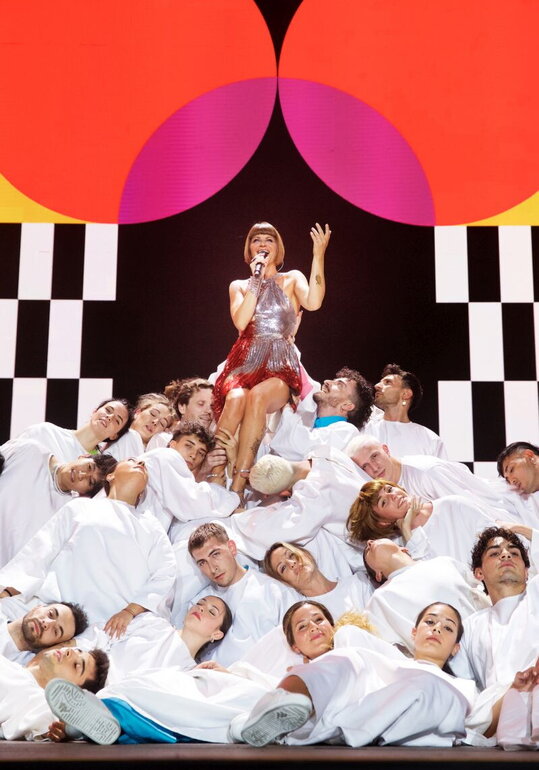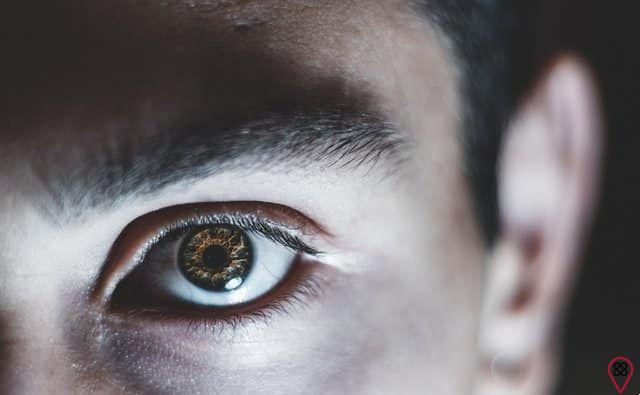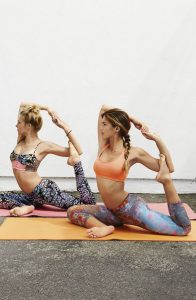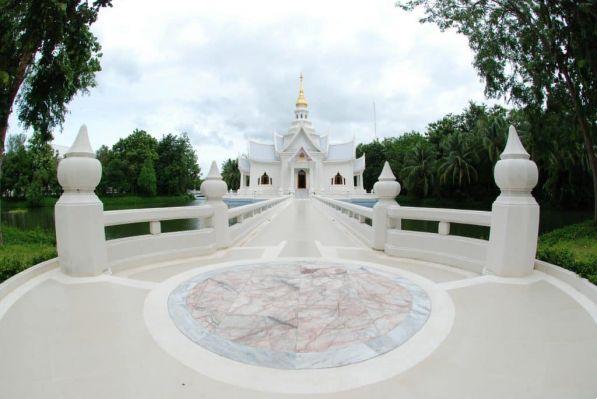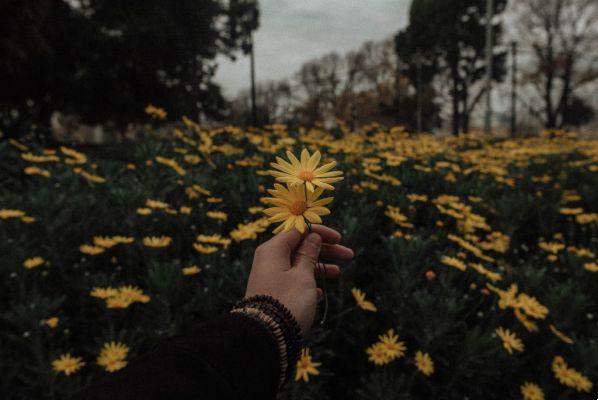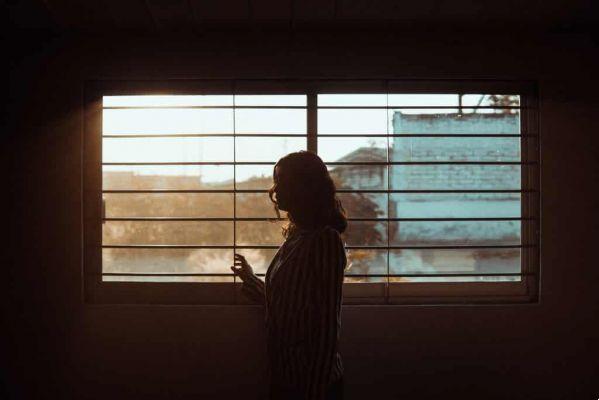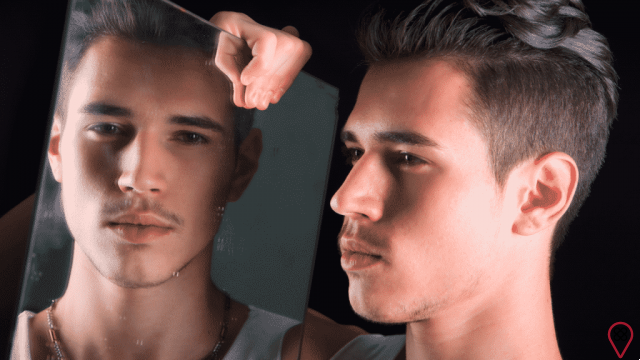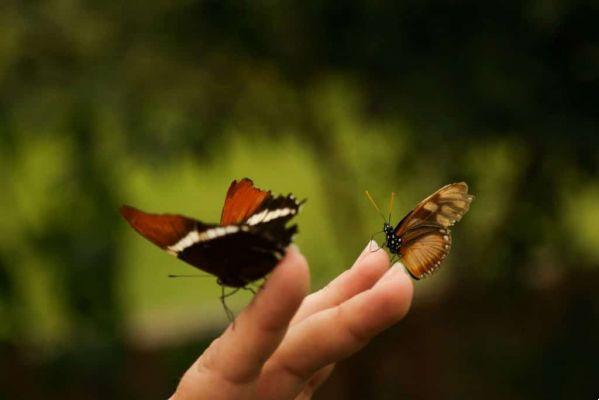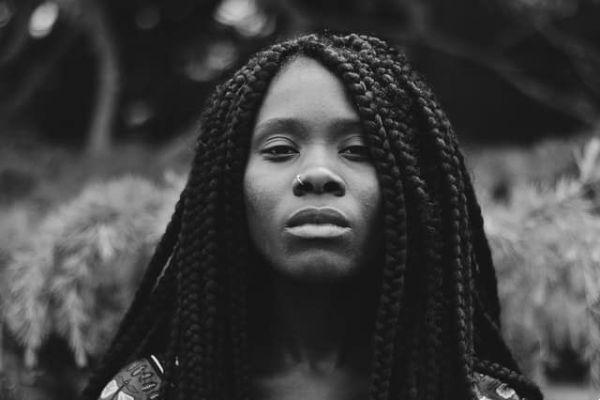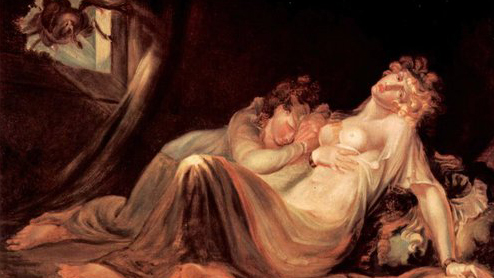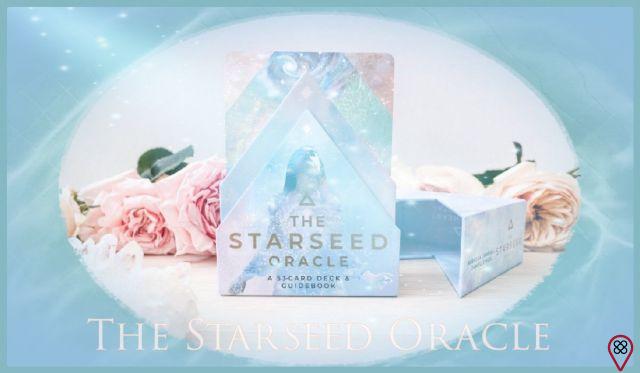One of the most powerful things you can do for yourself in adulthood, especially over age 63, is to look at your bio. What was important? What legacy will you leave? What was transformed into strength and wisdom?
Looking at your history is important to remember strengths and singularities that come from the obstacles you overcame, from the situations you lived.
When we don't, we're left with a look at what we can't do, at the limitations of our bodies, instead of what we have to offer the world. This dissatisfaction translates into a constant feeling of tiredness.
Looking at life you will see stagnant points that need to be moved, whether through work, service or art.
Biography review is one of the tools I use in my work as a human development facilitator. Let's see how to do this, and what benefits can you derive from looking at your own story?
Where to start?
You can do this just by looking at your life line and observing it from several aspects: one that we call the objective, which is looking at the events themselves, in a chronological order: I was born, my brothers were born, I went to school… I had children etc.
Another way is to see it from a subjective point of view, that is, you put the focus on people what you found – how they impacted your life, what you learned from each one, how those encounters made you the person you are today.
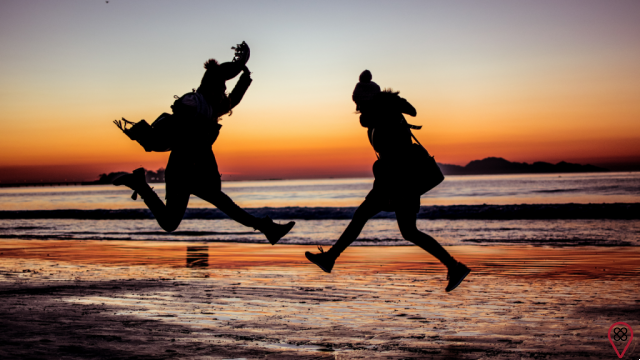
Still, you can make drawings: what is the image that would represent your childhood? Or what is the tree that represents your family, or your current moment? What branches of this tree do you want to cut so that others can grow healthier, stronger?
By the way, art is an important part of the biography review process, as it will put you even more in touch with feeling.
Looking at Seven Years (Seven Year Cycles)
In my work, the invitation I make is that we look at our life history in a more systematic way, from the perspective of Anthroposophy, which is a philosophy created by Rudolf Steiner here in Switzerland more than 100 years ago. Anthroposophy does this by considering the seven years, which are the 7-year cycles.
Internal and external biographies
Considering the seven years, there is an internal and an external biography. The internal is our individuality and also the impulses we bring with us and want to fulfill. The external is what comes from outside, what life requires of us, our social role, and which can even erase our individuality.
For the impulses of internal biography to flourish, we need to make space, and this happens through self-knowledge. Only then can we hear what these impulses are and, from there, seek a balance between what comes from our heart and what life requires of us, that is, find a balance between internal and external biography.
For example, let's say you feel like you were born to be a musician. You even studied a little in your youth, but then the demands of life took you in another direction: you got a job, ended up going to college focused on the area you worked in, raised a family, etc. See how the inner urge (being a musician) came into conflict with the external urge (life demands).
When looking at your history, you remember what your internal impulse is and make room for it: suddenly, now in a new phase of life, your children are already raised, you are retired, or you want to slow down, you are feeling unhappy at work, and then realizes that he can incorporate music into his current moment again.
discovering your impulse
Gudrun Burkhard, systematizer of biography, says that each person brings a question to his life, and that we should know what it is, because it more or less already says what the impulse is. Do you know what your question is?

Mine is, "What's the lesson?" My whole life is geared towards this. When I look at my relationships, for example, this is very clear to me: while I don't learn what the lesson is, I don't get out of the loop, I don't stop repeating a certain pattern. This led me to write a book just about these lessons, called “The Dom's Girlfriend”. By the way, this is another way of looking at your biography.
My thirst for knowledge, for learning and for sharing the “lessons” I learned, as I am doing here, has to do with this question as well.
strength x wisdom
When we talk about biography, there are two halves of life. What was physical strength in the first half of life becomes wisdom in the second half. The idea is that we stop identifying with the limitations of the body, age, work and start to see what are the possibilities for the future.
Gudrun also says that by looking back on life, we can “wake up the will to change the future”.
finding motivation
To understand what our individual impulse is, we first need to understand what is common to everyone (archetypal). For example: what are the archetypal characteristics of the septenium, ie what is the tendency of how a child aged 0-7 lives and feels this moment? From what works for everyone, we begin to see what makes us unique, what we bring to the world that no one else has, and what can only be born through us.
And that's what takes us out of this discouragement, this lack of motivation that people are feeling, because we start to feel needed and to see what we can still do for ourselves and for the community.
watching the mirrors
If a child didn't live a certain way, if he didn't live a "normal" childhood, how is that going to impact his maturity? These are the so-called mirrorings: how does the 0-7 septenium impact 56-63?

An example about mirroring: if you had a happy childhood, with “warmth”, that is, “hot process”, then you will be an adult more open to life. Or, if you followed the rhythms well (observing the annual festivals, the seasons), then you learn to have more confidence in life: you know that in autumn the food comes; that after autumn the earth needs to rest, etc. And as for the issue of rhythm, the more you adjust it in maturity, the more energy it will have, and the more quality you put your energy into will have as well. Otherwise, diseases start to appear.
life's crises
When we look at our life, we can see what happened in it during the crisis years: at 9, 18, 36, 37, 42.
For example, I tell in my book that at 37 I had a great restlessness, a sense that I wasn't contributing, despite having a steady job. An opportunity arose, and I moved to Switzerland. This happened exactly on my second lunar node (first is at 18). At the lunar node, a “roundabout” of life takes place, which is when we need to make a decision about the future.
So the “law”, the archetype, which is the lunar node, is the same for everyone. But how this is going to be shown to each person is individual, and that's what makes you a unique human being. When you start looking at these things that happened, you start to understand what your impulse is, and also what your unique quality is, what you still have to deliver.
You may also like
- Write your biography as a form of self-knowledge
- Get ready for old age with unmissable tips
- Recognize that your maturity is more than evolution
Here, then, is my invitation for you to review your story, by yourself or, in a more systematic way, with me, and that you can wake up your internal impulse!





